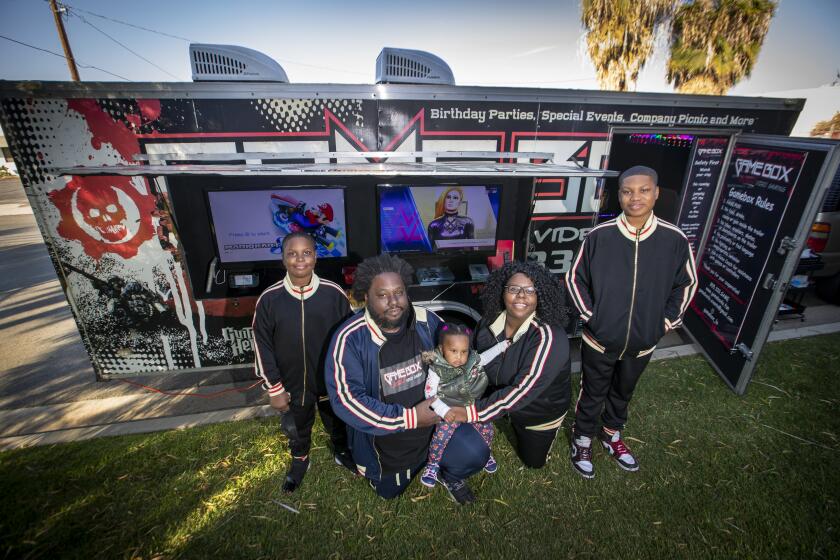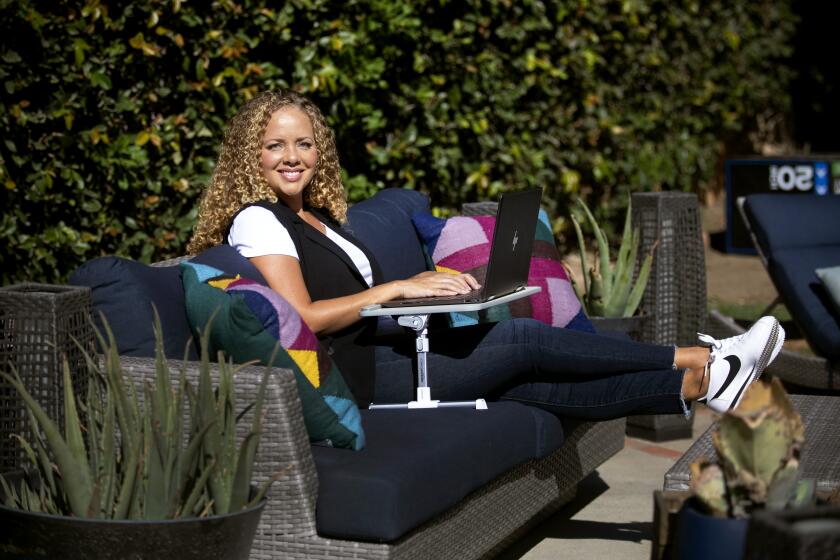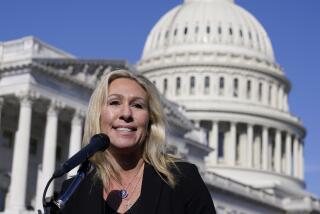The PPP process was excruciating for some last year. Will it change this time around?
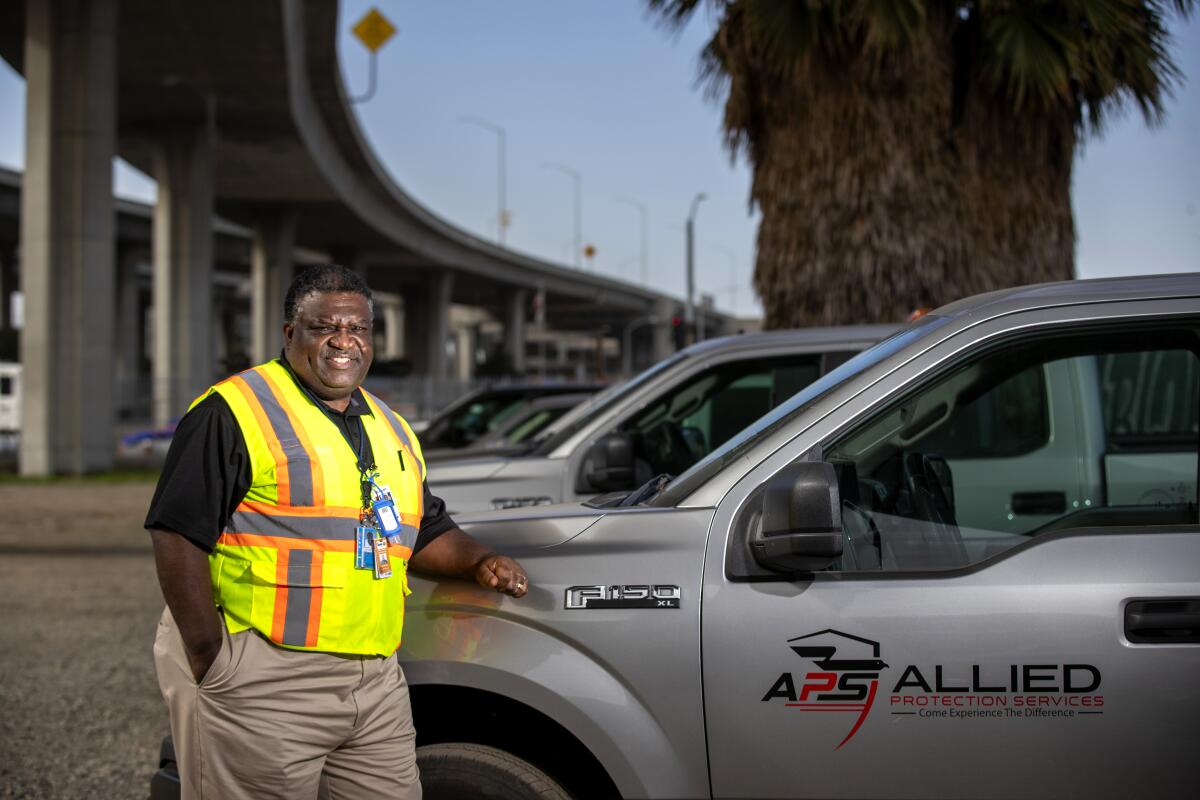
- Share via
Market researcher Dave Cristofaro was down to his last $1,500 and on the verge of laying off his final four full-time employees — down from seven before the pandemic — when he got a loan in May from the federal Paycheck Protection Program.
Getting the $45,000 wasn’t easy, Cristofaro said. The website crashed 30 times as he tried to fill out the application. Then, the first round of funding ran out; federal data show much of it was scooped up by large corporations.
In the meantime, business disappeared, including a $69,000 job from a major client.
“I’m about to tell my employees, ‘Hey, we’re going to have to stop working,’” said Cristofaro, 56, who has run Actionable Research Inc. in Aliso Viejo since 2002. “That PPP funding perfectly covered the crater caused by the coronavirus.”
With the latest, $285-billion round of Paycheck Protection Program funding, which kicked off Jan. 11, federal officials are aiming to avoid the worst missteps of the previous versions, under which the Treasury Department and the Small Business Administration distributed $523 billion in forgivable loans to more than 5 million companies. Some other loan and grant programs reopened because of December’s $900-billion relief package, and President Biden’s $1.9-trillion coronavirus relief plan promises additional aid.
Small-business owners complained to lawmakers that the Paycheck Protection Program and other aid efforts in Congress’ $2.2-trillion CARES Act were confusing and unfair, and an audit found a potential $3.6 billion went to ineligible borrowers.
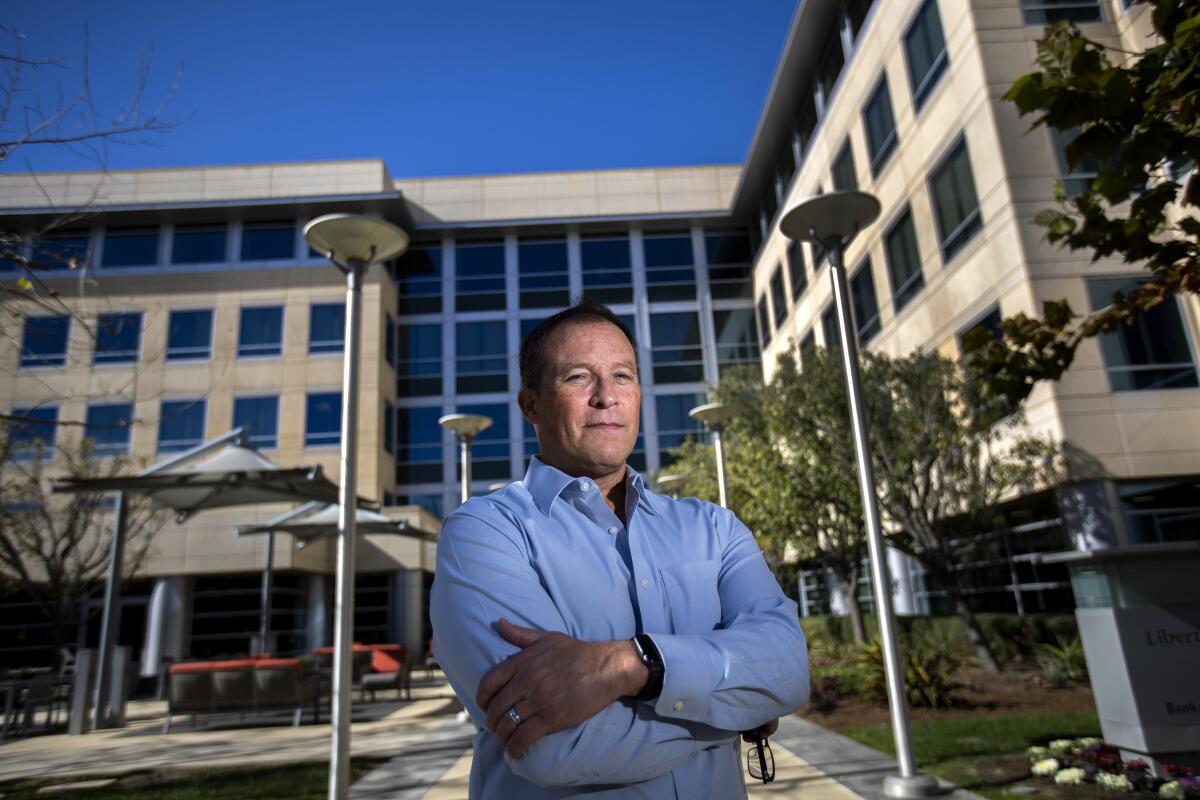
The process was excruciating for small businesses, said Holly Wade, executive director of the National Federation of Independent Business Research Center. Forms and procedures were confusing and frustrating. Many owners lacked banking relationships that could have helped them through the process, she said.
“The uncertainty of how they were going to navigate through this was incredibly emotional for many small-business owners,” Wade said. “When they were applying, it was incredibly difficult for many of them to get ahold of their bank to better understand how they were supposed to fill out these applications, how to qualify for the maximum amount that they were eligible for.”
Discrimination also may have played a role in preventing funds from getting to small businesses run by people of color and women, said Anneliese Lederer, director of fair lending and consumer protection for the National Community Reinvestment Coalition advocacy organization in Washington. The coalition’s analysis of the program’s loans in the first two rounds found that most of the money went to businesses in wealthy white areas.
The organization tested the program’s fairness last year with a “mystery shopper”-type study in which pairs of potential borrowers with similar financial profiles but different races, genders and ethnic backgrounds telephoned for loan information at national and regional financial institutions, including 47 in Los Angeles. Lederer said.
The Black and Latino test borrowers presented stronger financial credentials than the white borrowers in the study but often were discouraged from applying, she said, receiving less information and being quoted higher rates. Black and Latino women were treated less fairly than men “especially in Los Angeles,” Lederer said.
The lucky among California’s small businesses have cobbled together loans and grants to get through the pandemic so far. But that money has dried up, and “you can only take on so much debt.”
The new funding round is starting slowly to avoid previous mistakes, with an initial focus on underserved communities, small lenders and businesses owned by people of color, women and veterans.
The need for more assistance is staggering. More than 400,000 small businesses folded as of July because of the virus, more firms than in a typical year, according to a policy proposal by George Washington University economics professor Steven Hamilton, released in September by the Brookings Institution.
“Many small businesses are financially fragile and not equipped to weather a prolonged period of substantially reduced revenues,” Hamilton wrote, proposing sharply expanded refundable tax credits for small businesses. “Further widespread business failures would destroy jobs and firm-specific capital, and hamstring the recovery.”
Angel Gonzalez said banking relationships were crucial to getting a $151,000 loan for Quality Trailers Inc. His Portland, Ore., company has since received a boost in orders, many from California, for its food-preparation trailers, which range from 16 feet to 30 feet long and can easily be hauled around town.
But the going was tough initially.
“We were living off my orders backlog,” Gonzalez said, “but then that was it. I had no new sales coming in, no new down payments. Nothing, so we were just barely making it.”
Moreover, when Gonzalez, 63, looked into the paperwork required to apply for a PPP loan, it looked like a foreign language to him.
Gonzalez had the foresight to get to know a local Bank of America branch manager well enough to say hello and make small talk. The manager had become a specialized small-business banker when a frustrated Gonzalez reached out to him.
“Whenever I got stuck, I just went to him directly. Once he got involved, it was a lot easier.” Gonzalez said.
The loan arrived in May, just as Gonzalez was about to run out of payroll funds for his eight employees. The funding allowed him to rehire two workers he had been forced to lay off because of the virus.
Quality Trailers soon found lots of work — orders are running 25% above pre-pandemic levels — tied to the stuck-at-home increase in food deliveries. Still, it was a very near miss, Gonzalez said.
“If it wasn’t for the PPP loan money, I wouldn’t be in business right now,” he said.
How four small businesses have survived in the COVID age.
A $1.5-million loan carried Leon Brooks and his Torrance private security business through a series of body blows delivered in 2020 by the pandemic-induced economic downturn.
Allied Protection Services lost all but one contract, and revenue fell to about $200,000 a month from about $800,000 before the virus shut down his clients, Brooks said, forcing him to lay off 127 of his 273 employees. The remaining workers all took pay cuts.
The PPP loan should have taken the company through the end of 2020, said Brooks, 58, who started the security firm in 1989 and got a training boost 10 years ago from an entrepreneur education program called Goldman Sachs 10,000 Small Businesses, which operates through local community colleges and business schools.
But two problems developed, Brooks said.
Without explanation, $158,000 of the loan was removed from his account, “which I was kind of disturbed about,” Brooks said. The bank and the Small Business Administration gave conflicting stories about why the money was taken back, he said, and the matter is “still in limbo.”
“I took the PPP and we used it for what we were supposed to use it for,” Brooks said.
That left the business seriously low on cash for December. Fortunately for Brooks, the last remaining contract — with Los Angeles World Airports, the governing body for Los Angeles International and Van Nuys airports — is bringing in more money, and he’s also gotten back one of the customers he had lost.
Then, as he approached lenders for a new loan, he said, the institutions looked at the PPP money as debt even though the program is designed so that the loans turn into grants if the proceeds are spent on payroll and various eligible costs, among other conditions.
The federal government is “saying to me, ... ‘Now you go get your own help.’ I can go get my own help, but my own help — my bank — is saying that they have to know what I’m going to do with this debt,” Brooks said, referring to the PPP funds.
That frustration pushed Brooks to take part in a virtual Capitol Hill lobbying campaign this month, put together by Goldman Sachs 10,000 Small Businesses. More than 2,000 graduates of the training program held more than 400 online meetings with lawmakers to advocate for additional help, including tax incentives to offset reopening and other costs, according to the advocacy initiative.
The restaurant industry has been hit hard by pandemic shutdowns in Southern California, and Ruby Bugarin’s two Mexican eateries have been no different.
Bugarin and her brother Rolando took over from their parents, and Margaritas Mexican Restaurant just outside Pasadena and Pepe’s Mexican Restaurant in Montrose were running smoothly before the virus arrived, she said. The restaurants drew crowds of families and three-times-a-week regulars, with parties, post-baptism celebrations and post-funeral gatherings held inside.
Bugarin, 49, has a deep emotional connection to Pepe’s, which is nearing its 51st year in operation, and Margaritas, which opened 44 years ago. Bugarin grew up in the restaurants, sometimes sneaking tortilla chips from diners’ occupied tables as a child.
They received $287,500 in PPP funds, but it ran out months ago .
“We’re desperate,” she said, a feeling compounded by anger that her restaurants are governed by Los Angeles County’s strict rules currently banning indoor and outdoor dining while establishments in nearby Pasadena are free to continue serving customers at outdoor tables. Pepe’s and Margaritas are limited to takeout only.
“We have two, three generations of employees working with us,” Bugarin said. “I don’t want to be the generation that closes these restaurants because of something outside of my power to control.”
Brooks and Bugarin, who met and continue to network in the Goldman Sachs program, said they will apply for more relief funding. The other owners interviewed for this article said they had decided not to apply for more funding because they can do without it.
Ben Cooke at first wasn’t sure he wanted federal help for the Westchester public relations firm that bears his name. His workforce of independent contractors rises or falls depending on the size of the job with clients including Hyperloop Transportation Technologies Inc.
“There were a lot of considerations,” Cooke said. “Can I weather the storm without it? Maybe. So was it even worth doing, especially looking at accruing debt, right? Like taking out a loan when Lord knows when you’d be able to pay it back.
“But my business landscape had changed completely. There were no more daytime talk shows to work. I did a lot of health P.R., but all of the health being talked about was the pandemic.”
Cooke listened to the advice of a controller for one of his client companies: better to have it and not need it, than to need it when it’s too late to get it. The PPP money turned out to be the financial cushion that gave him time to switch to clients who were doing well in the new coronavirus economy.
Again, existing banking relationships proved invaluable. Cooke turned to 1st Century Bank, his longtime bank. It was founded in 2004 and is a division of MidFirst Bank.
“It was a small, local bank that took care of me. I knew the people who work there, exchanged phone calls with people high up,” Cooke said.
Despite everything it took to get the relief loans, some of the business owners were just grateful.
“When it was happening, it felt like an eternity, waiting every day for an answer,” said Cristofaro, the market researcher. “When I was denied the money, I didn’t know what I was going to do.
“When I look back, all of it happened inside a month. My business is ongoing, and we are in a much better place than we were.” The PPP funding was “the difference between having an opportunity to grow and having to tell people they have to find another job.”
More to Read
Inside the business of entertainment
The Wide Shot brings you news, analysis and insights on everything from streaming wars to production — and what it all means for the future.
You may occasionally receive promotional content from the Los Angeles Times.
